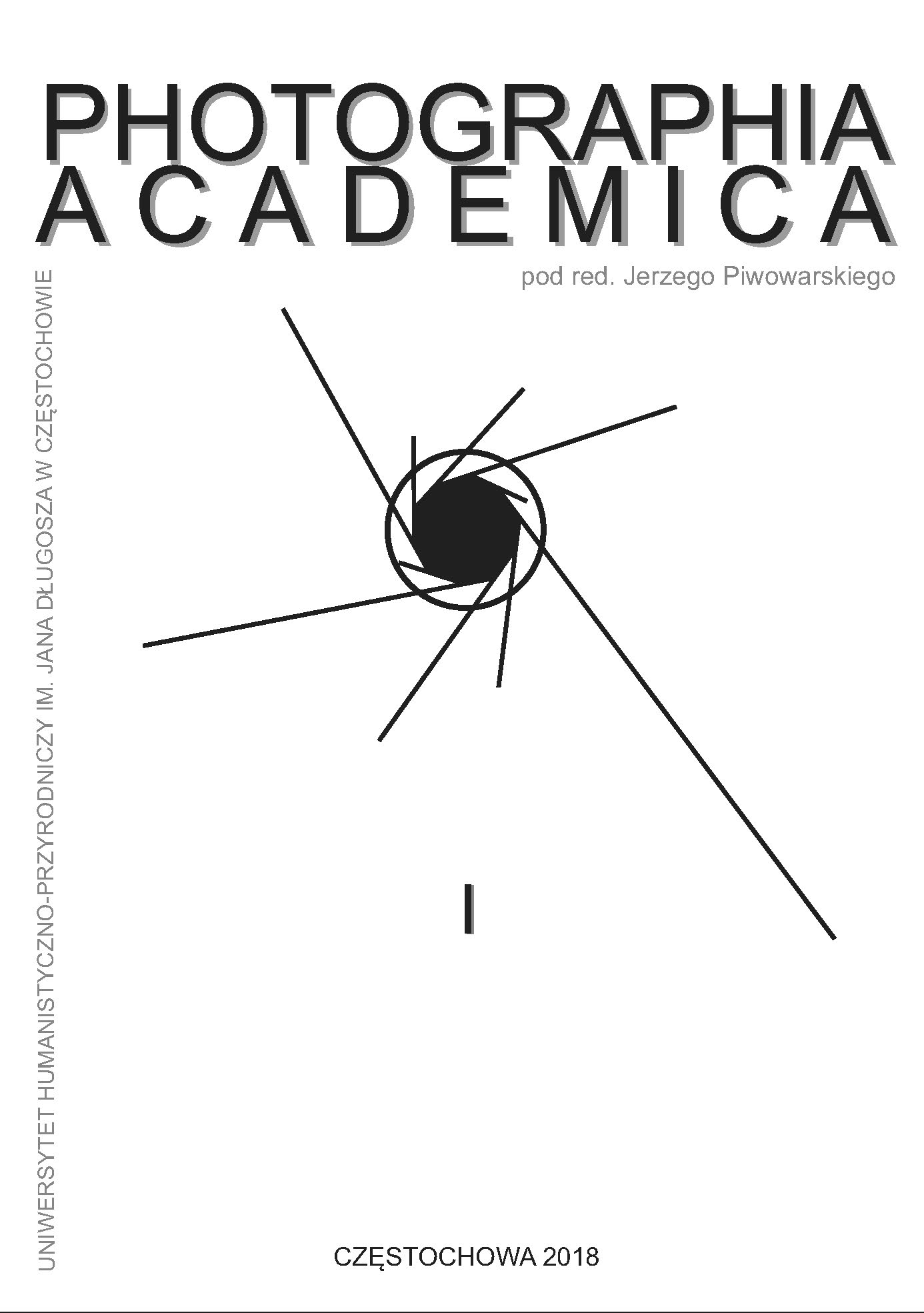Eva Siao – Chinese photographer from Lądek-Zdrój
Keywords:
China, the Chinese communism, Eva Sandberg, Eva Siao, history of photography, Lądek-Zdrój, Beijing, Cultural Revolution, WrocławAbstract
Eva Sandberg was born on November 8, 1911, in Wrocław. She was the daughter of a neurologist, Dr. Richard Sandberg. In 1896, Dr. S. Landsberg together with Dr. Richard Sandberg bought from the photographer Paul Voelkel the Spa House Thalheim in Lądek-Zdrój where they ordained there for many years. Eva spent her childhood in Lądek-Zdrój in the Villa Thalheim (now Villa Janina). Her brother Herbert moved to Sweden, where he became an acclaimed conductor and composer. Their mother lost all of her money in 1923 due to inflation. Photography that used to be only a hobby had then become her profession. She started taking pictures of bathers and was able to support the family. That is probably when Eva got interested in photography. In 1929, her mother died of heart disease. At the beginning of the 1930s, Eva attended photography studies in Munich. Due to the political situation in Germany (the Nazis came to power) she decided to go to her brother, to Sweden and from there to The Soviet Union because she sympathized with the communists. She was working there as the secretary of the writer – Isaac Babel. In 1934, together with Babel, she moved to the Artists’ Association in Georgia. There she met her future husband, a young communist, Chinese writer and translator Emi Siao (actually Xiao San), who was a close associate of Mao Tse-tung. They got married in 1935 in the Soviet Union. After moving to China, she started working as a photojournalist. She witnessed the birth of communist China. Her life as a professional photographer began after 1949. In 1950 she got a job at the Xinhua agency. In 1951, she went to Prague with her family where they spent two years. She worked for the Soviet news agency TASS. Between 1958 and 1964 she worked for radio and television broadcasting of the German Democratic Republic. She was granted the People’s Republic of China citizenship in 1964 but she kept in touch with her European friends. The West could observe the Chinese communism mainly through Eva’s photographs. Her frames showed streets, squares, palaces, Beijing Opera, children, people at work. She paid a high price for her European contacts during the Cultural Revolution. Together with her husband, they were imprisoned. Mr. and Mrs. Siao were arrested in June 1967. They remained in isolation until 1974. In 1979 they were rehabilitated. Eva Siao died on November 29, 2001, in Beijing. Eva’ s and her husband’ s grave can be found at the Babaoshan Revolutionary (Heroes of the Revolution) cemetery in Beijing. She left over 10,000 photos from China. All of her works were purchased by the Ludwig Museum in Cologne and Moderna Museet in Stockholm.


